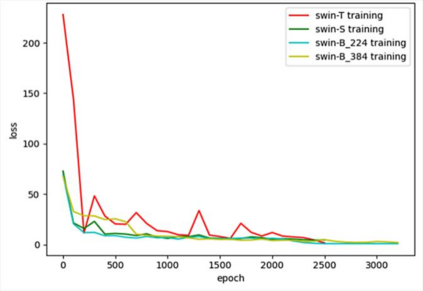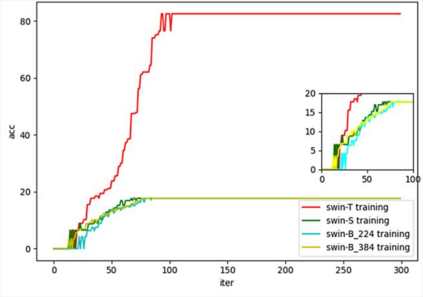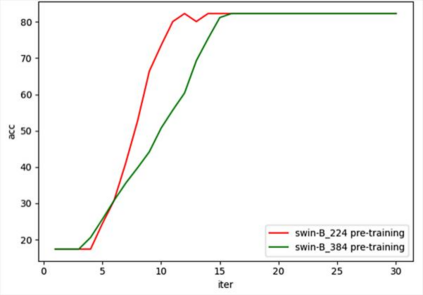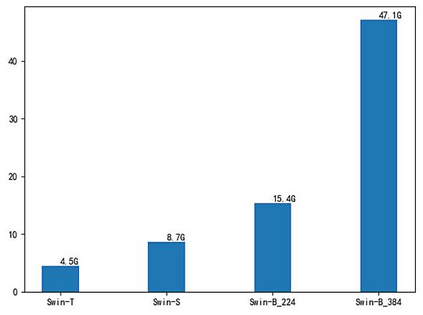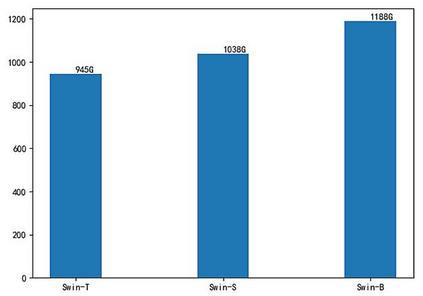With the development of computer technology, various models have emerged in artificial intelligence. The transformer model has been applied to the field of computer vision (CV) after its success in natural language processing (NLP). Radiologists continue to face multiple challenges in today's rapidly evolving medical field, such as increased workload and increased diagnostic demands. Although there are some conventional methods for lung cancer detection before, their accuracy still needs to be improved, especially in realistic diagnostic scenarios. This paper creatively proposes a segmentation method based on efficient transformer and applies it to medical image analysis. The algorithm completes the task of lung cancer classification and segmentation by analyzing lung cancer data, and aims to provide efficient technical support for medical staff. In addition, we evaluated and compared the results in various aspects. For the classification mission, the max accuracy of Swin-T by regular training and Swin-B in two resolutions by pre-training can be up to 82.3%. For the segmentation mission, we use pre-training to help the model improve the accuracy of our experiments. The accuracy of the three models reaches over 95%. The experiments demonstrate that the algorithm can be well applied to lung cancer classification and segmentation missions.
翻译:随着计算机技术的发展,各种模型已经在人工智能中出现。变压器模型在自然语言处理成功后应用到计算机视觉领域。放射学家在当今迅速演变的医疗领域继续面临多重挑战,例如工作量增加和诊断需求增加。虽然以前有一些常规的肺癌检测方法,但其准确性仍然需要提高,特别是在现实的诊断假设中。本文创造性地提出一种基于高效变压器的分解方法,并将其应用于医学图像分析。算法通过分析肺癌数据完成肺癌分类和分解任务,目的是为医务人员提供有效的技术支持。此外,我们评估并比较了各方面的结果。对于叙级任务而言,通过定期培训,Swin-T和Swin-B在两个分理中的最高精度可以高达82.3%。对于分解任务,我们使用预培训来帮助模型提高我们的实验的准确性。三种模型的精确度达到95%以上。实验表明算法可以很好地应用于肺癌分类和分解任务。





